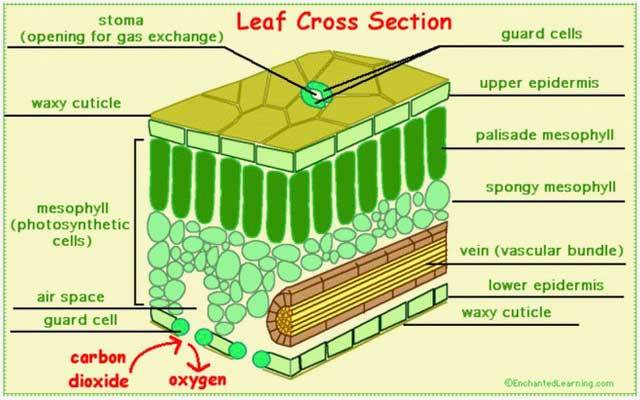
By Jean Ponzi
Ode to Leaves
Every morning in spring, through my waking-up eyes and east windows, I watch leaves filling the spaces I’ve been appreciating through Earth’s dormant season.
In winter I love seeing the bodies of trees, their stalwart trunks and arching, curving, angular branches. They are my strong companions through the still, deep restful season. As daylight grows longer, Green begins to color in their branching spaces. Rest gives way to vibrant growth in life’s one constant: change.
Welcome and thank you, Time of Leaves!
Leaves are perfection in function and conveyance.
Leaf Veins’ delicate power starts the transport of sun-sourced food and water down from zillions of fluttering, annually renewing forms through stems, branches and trunks into roots (the other zone of fragile might) that secure each individual plant in their planet place.
Leaf’s flat-surface Blade, facing up to the sun, collects light into molecules of chlorophyll – the pigment leveraging chemical powers of carbon, hydrogen, nitrogen, magnesium, and oxygen – where these abundant elements and the CO2 exhaled (as a “waste”) by all breathing animals is transformed into sugars to feed us all and support our animal lives with Oxygen, the “waste” from all plant productivity.
The sum of this elegant process is Nature’s everyday achievement: Zero Waste. Total generous reciprocity between Plant and Animal Kingdoms. (Yes, it’s patriarchal scientific nomenclature here; there is room for improvement.) Perpetual free and fair exchange as primary mode of living in Earth ecosystems, how a Zero-sum equation works, really.
And we haven’t even mentioned fabulous Fungi. Within a limit of 500 words, this Ode is keeping a focus on Leaves.
Each little leaf is an energy efficient power plant.
Pores on their shady undersides let in our exhaled CO2 and send plants’ life-giving Oxygen out to all us animals. Flanked by flexing Guard Cells, these Stomata stay open during sunlight hours when photosynthesis happens and let O2 and water vapor out as needed to maintain a balance in the leaf – and because we critters need their O2 output even while we’re sleeping.
The marvel of Transpiration moves plants’ exhaled water vapor through H2O’s atmospheric paces: condensing into clouds and raining. In Cycles We Trust!
As a word, Leaf’s roots span vast time and space from early human cultures: Old Norse, Old Saxon, High German, Lithuanian, Albanian, Russian, Old Irish, Dutch. Leaf has been known as Laf, Laub, Lof, Louf, Luib, Leb, and Luobas. Lybb was Old English for Magic. Right?
Latin’s Folium – source of our horti-cultural Foliage – wasadapted to name a new human function and conveyance (Folio, a big book) when leaves of paper, bound together, began to move, share and store our species’ knowledge.
Giving ourselves the grace to Turn Over a New Leaf is akin to how plants shed and re-grow productivity. If we grafted their example of valuing chill onto our crazed pursuits, maybe our species could grow capacity to be Human Kind
Every year, when plants make their most dramatic seasonal change – Fall and Spring – I feel that pull as the hope that I’ll still be here, serving my purpose on Earth, to see my leafy friends through their next cycle.
At this time, in this year, I let go of my love of seeing through tree-branch spaces. Time to turn to love of leaves.
Jean Ponzi, a Plant Ally, has been a strong local Voice for Earth for over 30 years. She serves as Green Resources Manager in her work for Missouri Botanical Garden, and volunteers with KDHX St .Louis Community Media as enviro-conversation producer and host, through her podcast Earthworms. This Earth Day marked her 25th year writing for The Healthy Planet.


